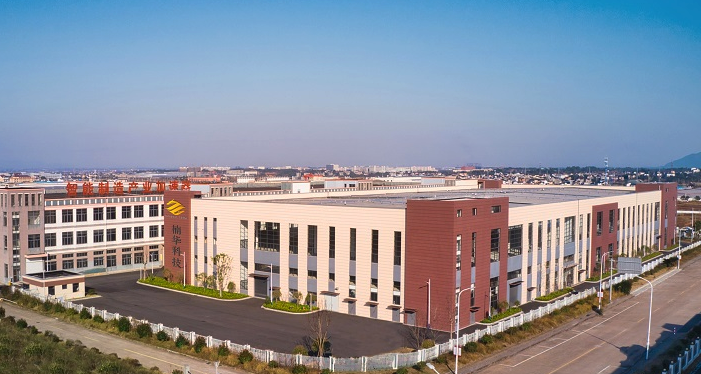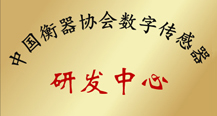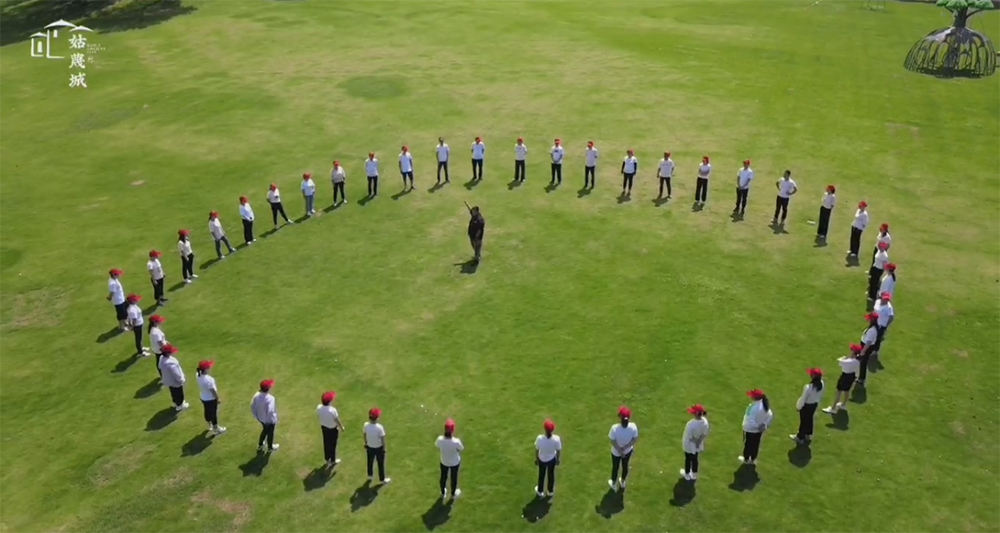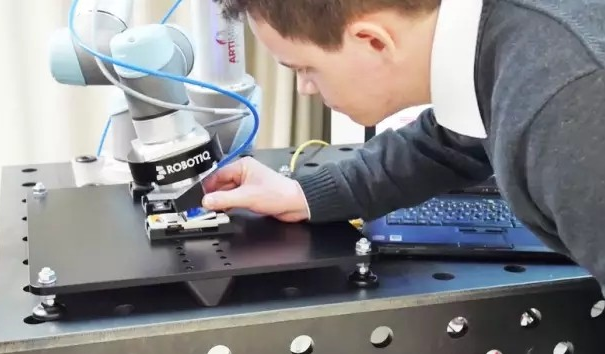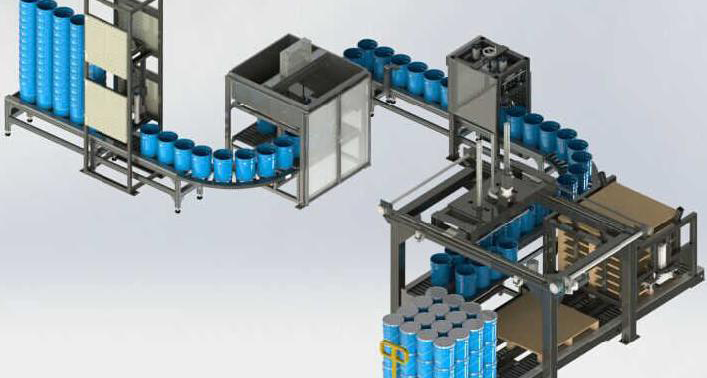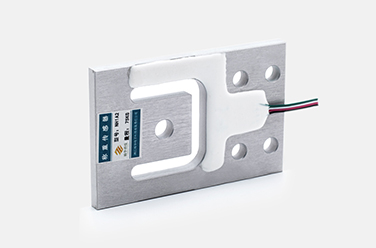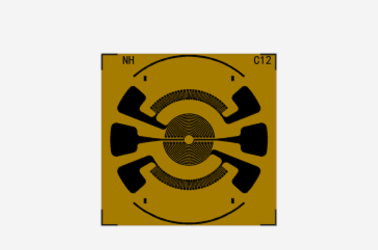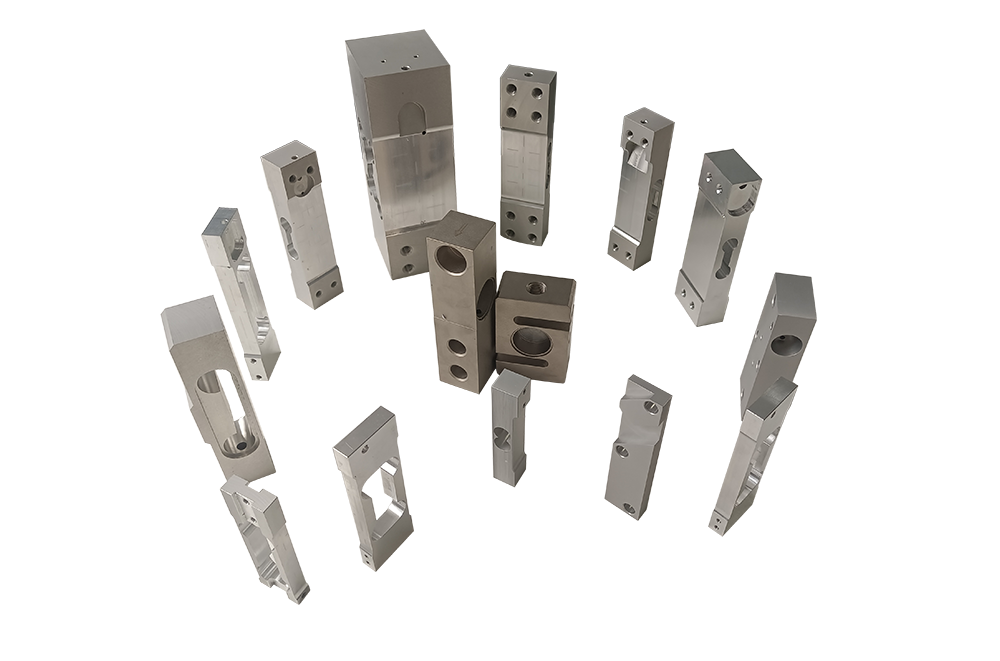Four directions for the future development of multi axis sensors
The research on new principles, new materials and new technologies of sensor technology is more in-depth and extensive, and new varieties, new structures and new applications continue to emerge. Among them, "five modernizations" has become an important trend of its development.
The first is intellectualization. The two development tracks go hand in hand. One direction is the integration of multiple sensing functions with data processing, storage, two-way communication, etc., which can fully or partially realize the functions of signal detection, transformation processing, logical judgment, function calculation, two-way communication, as well as internal self-test, self calibration, self compensation, self diagnosis, etc., and has the characteristics of low-cost and high-precision information acquisition, data storage and communication, programming automation and functional diversification. For example, the smart sensor of lineartechnology in the United States is equipped with 32-bit processor of arm architecture. The other direction is soft sensing technology, that is, the combination of intelligent sensors and artificial intelligence. At present, various highly intelligent sensors based on artificial intelligence technologies such as fuzzy reasoning, artificial neural networks and expert systems have emerged, and have been used in smart homes. For example, NEC has developed a new method "invariant analysis technology" to simplify a large number of sensor monitoring, which has been put into use for infrastructure systems this year.
Second, it is mobile, and the application of wireless sensor network technology is accelerated. The key of wireless sensor network technology is to overcome the resource constraints of nodes (energy supply, computing and communication capabilities, storage space, etc.), and meet the requirements of sensor network scalability, fault tolerance and so on. This technology is rated as the first of the top ten emerging technologies that have a far-reaching impact on human future life by the Technology Review Magazine of Massachusetts Institute of Technology (MIT). At present, the research and development focus is mainly on the design of routing protocol, positioning technology, time synchronization technology, data fusion technology, embedded operating system technology, network security technology, energy collection technology and so on. So far, some developed countries and cities have applied technology in smart home, precision agriculture, forestry monitoring, military, intelligent building, intelligent transportation and other fields. For example, voltreepower LLC, an independent company from MIT, was entrusted by the U.S. Department of agriculture to set up temperature sensors in mountains and forests in California and build a sensor network to detect forest fires and reduce fire losses.
The third is miniaturization, and MEMS sensor research and development has sprung up. With the maturing of integrated microelectronic machining technology, MEMS sensors introduce semiconductor processing technology (such as oxidation, lithography, diffusion, deposition and etching) into the production and manufacturing of sensors, realize large-scale production, and provide important technical support for the development of sensor miniaturization. In recent years, Japan, the United States, the European Union and other countries have made important progress in the technical fields of semiconductor devices, Microsystems and microstructure, speed measurement, microsystem processing methods / equipment, microphone / speaker, level / Ranging / gyroscope, lithography plate making process and material properties measurement / analysis. At present, the research and development of MEMS sensor technology are mainly in the following directions: (1) miniaturization while reducing power consumption; (2) Improve accuracy; (3) Realize the integration and intelligence of MEMS sensors; (4) Develop new sensors that cross integrate with optical, biological and other technical fields, such as MOMES sensors (combined with micro optics), biochemical sensors (combined with biotechnology and electrochemistry) and nano sensors (combined with nanotechnology)
Fourth, integration, multi-functional integrated sensors have received widespread attention. Sensor integration includes two types: one is the integration of multiple sensors of the same type, that is, multiple sensor elements with the same function are arranged on the same plane with an integrated process to form a linear sensor (such as CCD image sensor). The other is multi-function integration. For example, several different sensitive components are made on the same silicon chip to make an integrated multi-function sensor. It has high integration, small volume, and easy to realize compensation and correction. It is the main direction of the development of sensor integration at present. Ruyi semiconductor proposes to take the module combined with multiple sensors as the sensor hub to improve the product function; Toshiba has developed a wafer level combined sensor, and released in March this year, which can simultaneously detect four kinds of vital sign information, such as pulse, ECG, body temperature and physical activity, and wirelessly send the data to the sensor module "silmee" such as smart phones or tablets.
Fifth, diversification. Breakthroughs in new material technology have accelerated the emergence of a variety of new sensors. New sensitive materials are the technical basis of sensors, and material technology research and development is an important means to improve performance, reduce costs and technological upgrading. In addition to traditional semiconductor materials and optical fibers, organic sensitive materials, ceramic materials, superconductors, nano and biological materials have become research and development hotspots, and new sensors such as biosensors, optical fiber sensors, gas sensors, digital sensors have accelerated the emergence. For example, the optical fiber sensor is a sensor that uses the sensitive function of the optical fiber itself or uses the optical fiber to transmit light waves. It has the characteristics of high sensitivity, strong anti electromagnetic interference ability, corrosion resistance, good insulation, small volume, low power consumption, etc. at present, the optical fiber sensor that has been applied can measure more than 70 kinds of physical quantities, and has a broad development prospect; The gas sensor can convert the measured gas concentration into the electrical output that has a certain relationship with it. It has the characteristics of good stability, good repeatability, good dynamic characteristics, rapid response, convenient use and maintenance, and has a wide range of applications. According to bckresearch, biosensors and chemical sensors are expected to become the fastest-growing sensor segment, with an average annual compound growth rate of 9.7% from 2014 to 2019.
